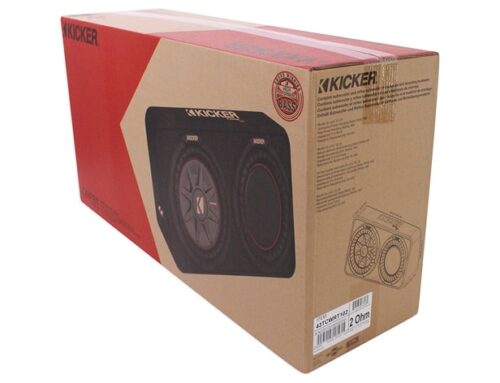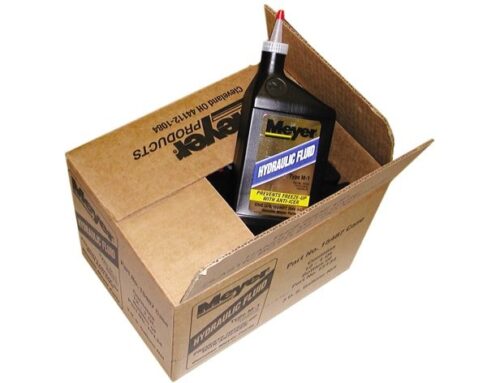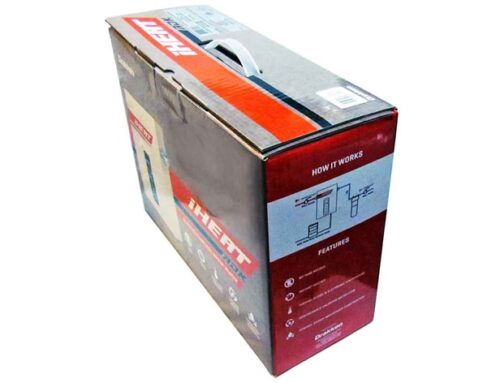It’s no secret that packaging materials play an important role in the shipping and delivery of products. In fact, they are so essential that many companies now source them from China. But what are the different types of packaging materials? And what is their purpose? In this blog post, we will explore these questions and more. By the end, you will have a better understanding of the different types of packaging materials and their purposes.
Paper
What are the different types of packaging materials?
There are a variety of packaging materials that can be used for different products. Each type of material has its own set of benefits and drawbacks.
The most common types of packaging materials are plastics, paper, and cardboard.
Plastics are the most popular type of packaging material because they’re cheap and durable. They can be used to make containers, boxes, bottles, and bags. Plastic is also recyclable, which is a benefit.
However, plastic can be harmful if it’s not handled properly. It can cause environmental damage when it’s recycled or disposed of improperly.
Paper is another common type of packaging material. It’s affordable and easy to produce. Paper products can be made into containers, boxes, sacks, and bags. Paper is also recyclable, but it takes longer to break down than plastic does.
Cardboard is an inexpensive material that’s often used for packing boxes and shipping products. It doesn’t hold as much weight as other types of materials do, so it’s not typically used for products that require a lot of storage space or transportation capability.
Glass
There are many types of packaging materials available on the market, each with its own benefits and drawbacks. Here are some of the most common:
Plastic Packaging
Plastic is by far the most commonly used packaging material. It’s lightweight, affordable, and easy to produce. However, it’s not as durable as other materials, so it must be handled carefully. Plastic also contains chemicals that can leach into food if it’s mishandled.
Glass Packaging
Glass is a popular choice for food packaging because it’s perceived as being more fresh and healthy than plastic. However, glass is fragile and can easily be broken. It also doesn’t hold up well to UV light or moisture, so it must be stored in a cool, dry place.
Paper Boxes And Tins
paper boxes are often used for household goods such as cereal or soup. They’re economical and recyclable, but they don’t protect products from moisture or sunlight. tins are used for food items such as canned fruits or vegetables. They’re heavier than cardboard boxes and offer more protection from moisture and sunlight
Paper
There are many different types of packaging materials, each with its own unique properties and uses. Below is a brief overview of the most common types of packaging materials.
Carton: Cartons are a type of paper packaging that is used to contain goods in bulk. They are made from a number of different types of paper, including corrugated cardboard, Kraft paper, and Manila paper.
Tray: Trays are another type of paper packaging that is used to contain goods in bulk. They are made from a number of different types of paper, including corrugated cardboard, Kraft paper, and Manila paper.
Film: Film packages are a type of plastic packaging that is used to protect products during shipping and storage. Films can be made from a variety of materials, including polypropylene and polyethylene.
Sealant: Seals are another type of plastic packaging that is used to protect products during shipping and storage. Seals can be made from a variety of materials, including polypropylene and polyethylene.

Plastic
Plastic packaging materials are made up of a variety of different types of plastics. The most common types of plastic packaging materials arePET (polyethylene terephthalate), PP (polypropylene), PVC (polyvinyl chloride), and HDPE (high-density polyethylene).
PET is the most popular type of plastic packaging material because it is strong, tough, and flexible. PET can be used for products that require a lightweight, durable, and recyclable package. Some examples of products that use PET packaging include soft drinks, food items, and toys.
PP is another common type of plastic packaging material. It is similar to PET in terms of properties but it is less expensive to produce. PP is often used for products that do not require a particularly strong or durable package. Examples of products that use PP packaging include cigarettes, confectionary items, and shampoo bottles.
PVC is another type of plastic packaging material that is often used in lower-cost packages. PVC has the advantage over other types of plastics in that it can be heat-formed into a wide range of shapes and sizes. This makes PVC a popular choice for products such as cigarettes, chewing gum, and food containers.
HDPE is the most popular type of plastic packaging material on the market today. It has many advantages over other types of plastics, including being resistant to water damage, tear resistance, and cold temperatures. HDPE also has a high resistance to
Metal
There are many different types of packaging materials available on the market, each with its own set of benefits and drawbacks.
The three most common types of packaging materials are paper, plastic, and metal.
Paper packaging is the oldest type of packaging material and is made from natural or recycled fibres. It’s often used for products that don’t need to be transported or stored for a long period of time, such as food products. Paper can be recycled multiple times, but it doesn’t last as long as other types of packaging materials.
Plastic is the most popular type of packaging material on the market today. It’s often used for products that need to be transported or stored for a long period of time. Polyethylene terephthalate (PET) is the most common type of plastic used in packaging and it’s very durable. However, PET isn’t recyclable and it takes thousands of years to decompose in landfill.
Metal can be used to package products in a variety of ways. Tin-coated wire mesh is often used to wrap around products in cans so they don’t touch each other and contaminate each other. Metal can also be used to make corrugated boxes and vacuum-packaged food items. Metal lasts longer than any other type of packaging material and it can be recycled multiple times.









